What is the double spend problem?
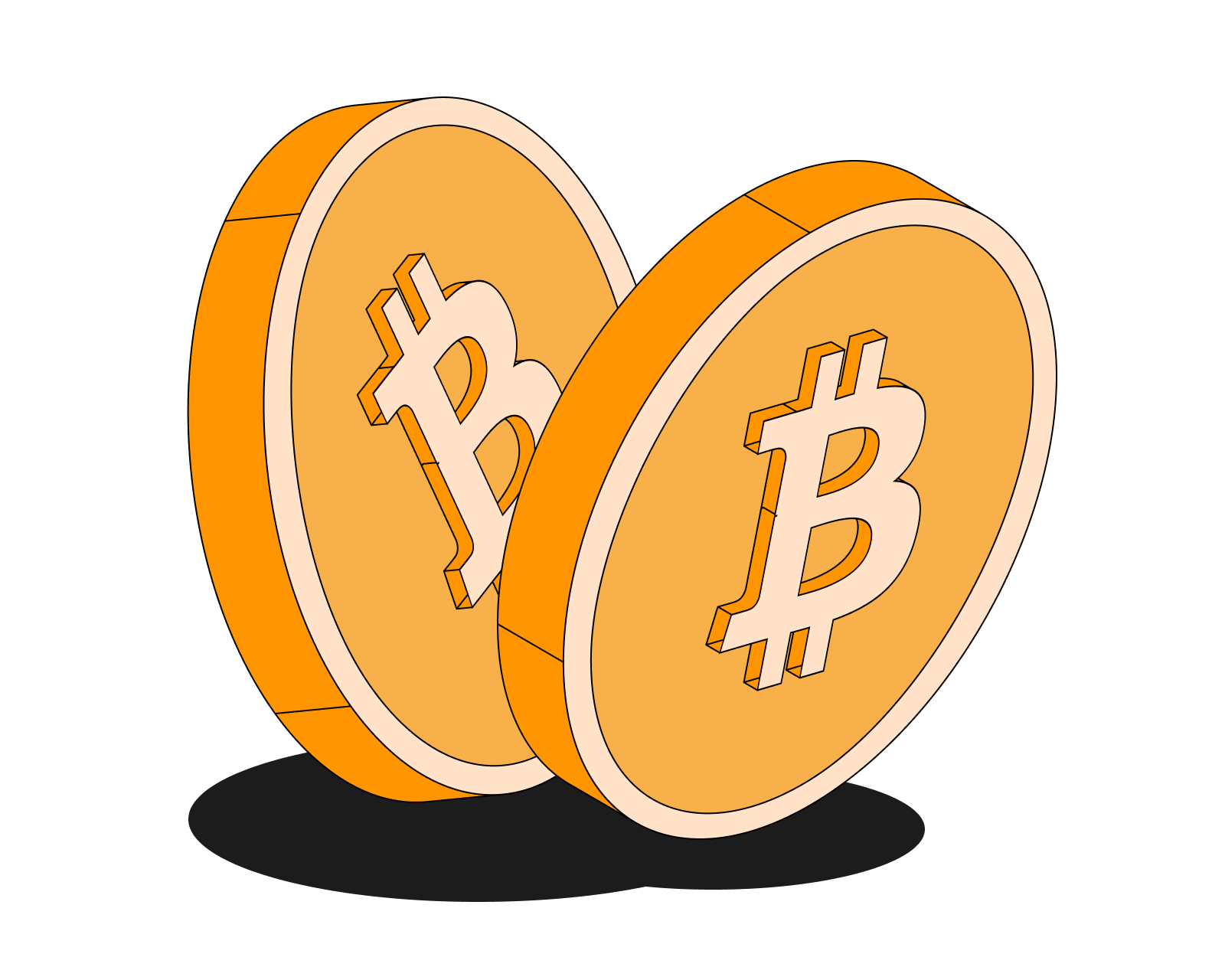
Table of Contents
- What is the double-spend problem?
- Why is the double-spend problem a problem?
- How does Bitcoin solve the double-spend problem?
- How does the blockchain prevent double spending?
- Confirmations: Adding Layers of Security
- How many confirmations are needed to prevent double spending?
- Can double spending still happen?
- Conclusion
- Learn More
What is the double-spend problem?
The double-spend problem is a potential issue in digital cash systems where the same digital token can be spent more than once. This is a unique problem for digital currencies, as digital information can be replicated easily.
Think of it like this: if you have a digital file, you can easily copy and paste it, creating multiple identical copies. If that digital file represented money, you could potentially send the same file to multiple people, effectively spending the same money multiple times.
For example, imagine you have a digital file of a song. You can easily copy that file and send it to multiple people. Each person would then have a copy of the song, and there would be no way to tell which copy was the "original."
The same principle applies to digital currencies. If there is no way to track which digital tokens have been spent, then it would be possible for someone to spend the same token multiple times.
Why is the double-spend problem a problem?
The double-spend problem is a significant obstacle to creating a viable digital cash system. If it's possible to spend the same digital tokens multiple times, it undermines the integrity and trust in the system. Merchants would be hesitant to accept digital currency if they couldn't be sure that the payment they received was legitimate and wouldn't be reversed or spent elsewhere.
How does Bitcoin solve the double-spend problem?
Bitcoin solves the double-spend problem through a combination of its decentralized ledger, known as the blockchain, and its consensus mechanism, called Proof of Work (PoW).
Cryptocurrencies like Bitcoin solve the double-spend problem by using a decentralized ledger called a blockchain. A blockchain is a public record of all transactions that have ever taken place in the network. It is constantly being updated and verified by a network of computers called "nodes."
The Blockchain: A Public and Immutable Ledger
The blockchain is a distributed and immutable ledger that records all Bitcoin transactions. It is maintained by a network of computers called nodes, each of which has a copy of the entire blockchain. When a new transaction is made, it is broadcast to the network and verified by the nodes. Once verified, the transaction is added to a block, which is then added to the blockchain.
When a Bitcoin transaction is made, it is broadcast to the network of nodes. These nodes verify the transaction and make sure that the sender has not already spent the Bitcoin they are trying to send. Once the transaction is verified, it is added to a "block" on the blockchain. Each block is linked to the previous block, creating a chain of blocks, hence the name "blockchain."
The blockchain is constantly being updated as new blocks are added. Each time a new block is added, it is verified by all the nodes on the network. This makes it very difficult for anyone to tamper with the blockchain, as they would need to control a majority of the network's computing power.
The blockchain's immutability means that once a transaction is recorded, it cannot be altered or reversed. This prevents double-spending by making it impossible to change the transaction history or to spend the same bitcoins again without the network noticing.
Proof of Work: Securing the Network and Preventing Double Spends
Proof of Work (PoW) is the consensus mechanism that secures the Bitcoin network and prevents double-spending. In PoW, miners compete to solve complex mathematical problems. The first miner to solve the problem gets to add a new block of transactions to the blockchain and is rewarded with newly minted bitcoins.
The PoW process requires a significant amount of computational power and energy, making it extremely difficult and costly for a single entity to control a majority of the network's hashing power. This decentralization makes it virtually impossible for an attacker to double-spend bitcoins by creating a conflicting version of the blockchain.
How PoW Prevents Double Spending
Let's imagine an attacker tries to double-spend bitcoins by sending the same coins to two different recipients. The attacker would need to create two separate transactions, each spending the same bitcoins. These transactions would be broadcast to the network and added to the mempool, which is a pool of unconfirmed transactions.
However, only one of these transactions can be included in a block and added to the blockchain. The other transaction will be rejected by the network, as it would be considered a double-spend attempt.
The PoW mechanism ensures that the transaction with the most work behind it (i.e., the transaction that has been included in the longest chain of blocks) is considered the valid transaction. This prevents the attacker from successfully double-spending the bitcoins.
How does the blockchain prevent double spending?
The blockchain prevents double spending by making it very difficult for someone to alter the transaction history. Once a transaction is added to the blockchain, it is very difficult to reverse or change. This is because each block is linked to the previous block, and any change to a block would require changing all the blocks that come after it.
In our example above, when Alice sends 1 Bitcoin to Bob, the transaction is broadcast to the Bitcoin network. The nodes on the network verify the transaction and make sure that Alice has not already spent the Bitcoin. Once the transaction is verified, it is added to a block on the blockchain.
If Alice then tries to send the same 1 Bitcoin to Carol, the nodes on the network will see that the Bitcoin has already been spent. They will reject the transaction, and Carol will not receive the Bitcoin.
Confirmations: Adding Layers of Security
When a Bitcoin transaction is included in a block and added to the blockchain, it receives a confirmation. Each subsequent block added to the blockchain adds another confirmation to the transaction. The more confirmations a transaction has, the more secure it is, as it becomes increasingly difficult to reverse or alter.
Most Bitcoin wallets and exchanges require a certain number of confirmations before considering a transaction final. This is to ensure that the transaction is unlikely to be reversed or double-spent.
Learn more about confirmations in the Bitcoin and crypto realm.
How many confirmations are needed to prevent double spending?
The number of confirmations needed to prevent double spending varies depending on the cryptocurrency. For Bitcoin, it is generally recommended to wait for at least 6 confirmations before considering a transaction final. This is because it is very difficult for an attacker to control a majority of the Bitcoin network's computing power for 6 consecutive blocks.
Can double spending still happen?
While it is very difficult to double spend Bitcoin, it is not impossible. If an attacker is able to control a majority of the network's computing power, they could potentially double spend Bitcoin. This is known as a 51% attack.
However, 51% attacks are very expensive and difficult to carry out, especially on large, well-established blockchains like Bitcoin. The cost of acquiring and operating enough computing power to launch a successful 51% attack would likely outweigh the potential gains.
Conclusion
The double-spend problem is a fundamental challenge in creating a viable digital cash system. Bitcoin's innovative combination of a decentralized ledger (the blockchain) and a robust consensus mechanism (Proof of Work) effectively solves this problem, ensuring the integrity and security of the network. The use of confirmations adds further layers of security, making double-spending virtually impossible for transactions with a sufficient number of confirmations.
The double spend problem is a serious challenge for digital currencies. However, cryptocurrencies like Bitcoin have effectively solved this problem by using a decentralized ledger called a blockchain. The blockchain makes it very difficult for anyone to double spend coins, ensuring the integrity and security of the network.
Learn More
To further your understanding of the double-spend problem and how Bitcoin addresses it, explore these resources:
- What is Bitcoin? - A comprehensive guide to understanding Bitcoin.
- How Bitcoin Transactions Work - A detailed explanation of the Bitcoin transaction process.
- What is Bitcoin Mining? - Learn about the role of miners in securing the Bitcoin network.
- What is a Confirmation? - Understand the importance of transaction confirmations.
- What are Bitcoin Network Fees? - Learn about transaction fees and how they contribute to network security.
- What is a Bitcoin Transaction Accelerator? - Explore how transaction accelerators can speed up confirmation times.
- Bitcoin.com Wallet App - A secure and easy-to-use wallet for managing your Bitcoin.
- A Quick Introduction to Bitcoin – Learn about the key features of the Bitcoin network, why it matters, and how it works.
Get started with confidence and gain a solid foundation in Bitcoin today.
Related guides
Start from here →
What is Bitcoin?
Get a straightforward introduction to Bitcoin and why it matters.
Read this article →
What is Bitcoin?
Get a straightforward introduction to Bitcoin and why it matters.
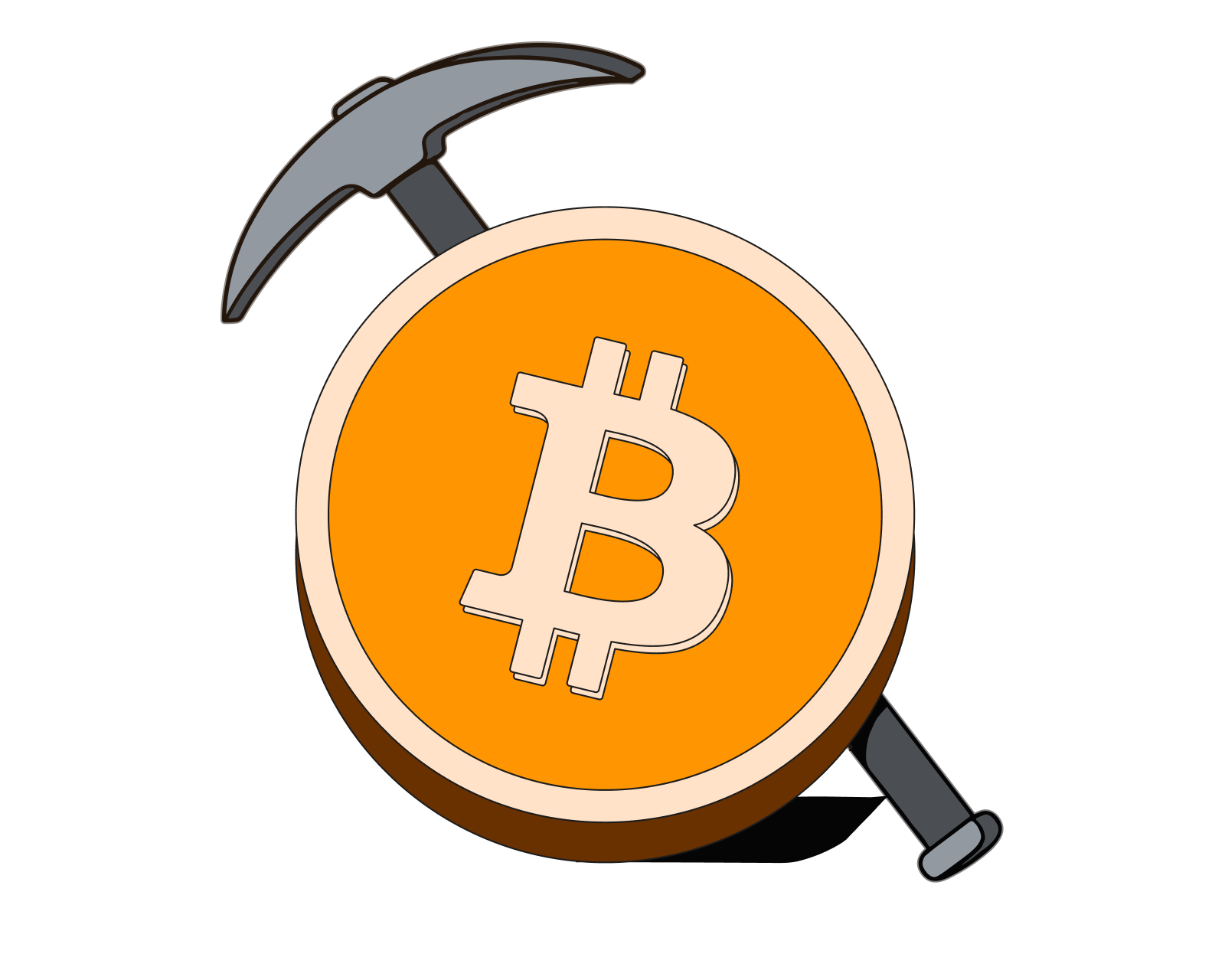
How do bitcoin transactions work?
Understand how the Bitcoin public blockchain tracks ownership over time. Get clarity on key terms like public & private keys, transaction inputs & outputs, confirmation times, and more.
Read this article →
How do bitcoin transactions work?
Understand how the Bitcoin public blockchain tracks ownership over time. Get clarity on key terms like public & private keys, transaction inputs & outputs, confirmation times, and more.
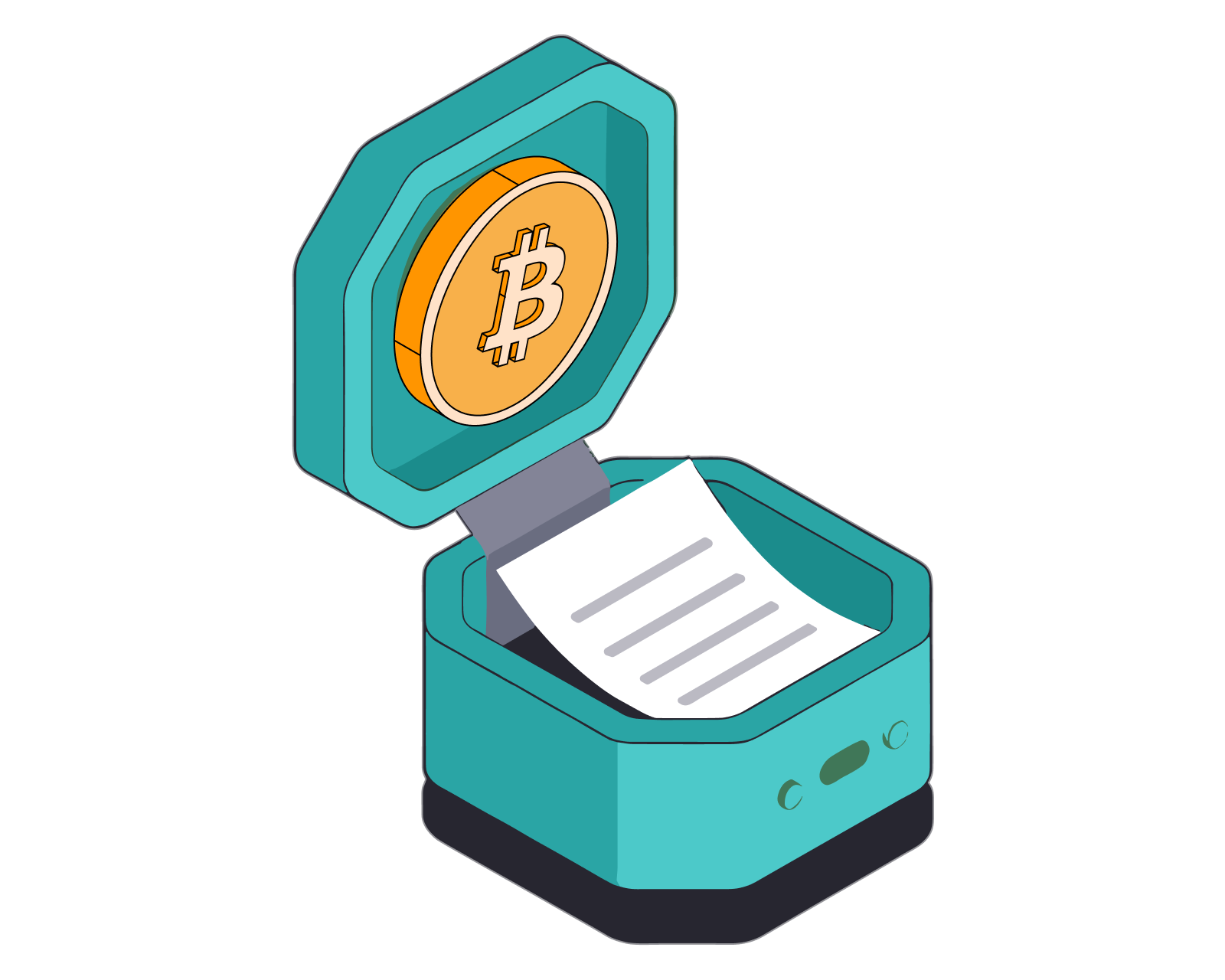
What is Bitcoin mining?
Learn why the process of minting new bitcoins, known as 'Bitcoin mining,' is in some ways similar to the process of extracting precious metals from the earth.
Read this article →
What is Bitcoin mining?
Learn why the process of minting new bitcoins, known as 'Bitcoin mining,' is in some ways similar to the process of extracting precious metals from the earth.
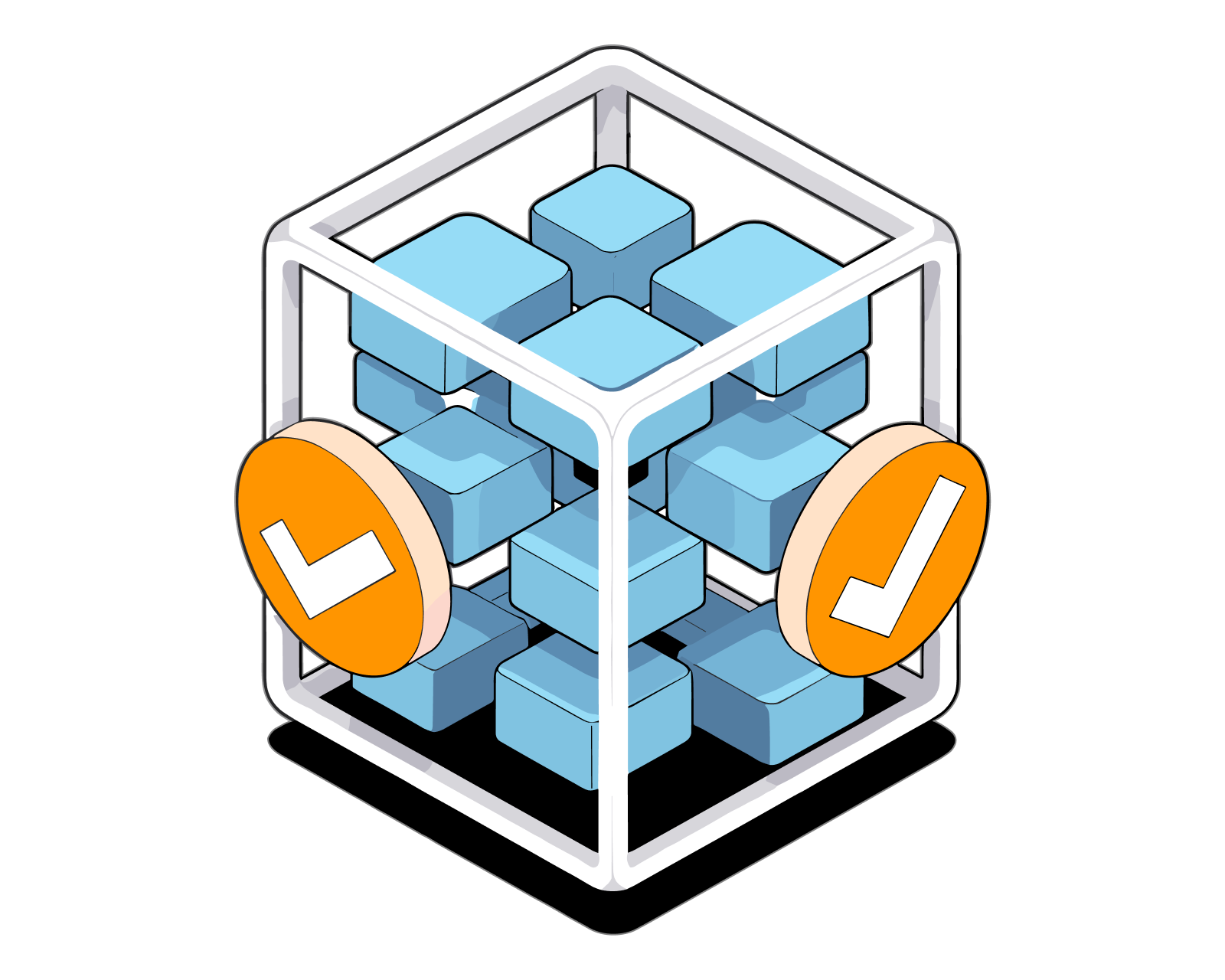
What is a confirmation
Find out about blockchain confirmations, why they are important, and more.
Read this article →
What is a confirmation
Find out about blockchain confirmations, why they are important, and more.
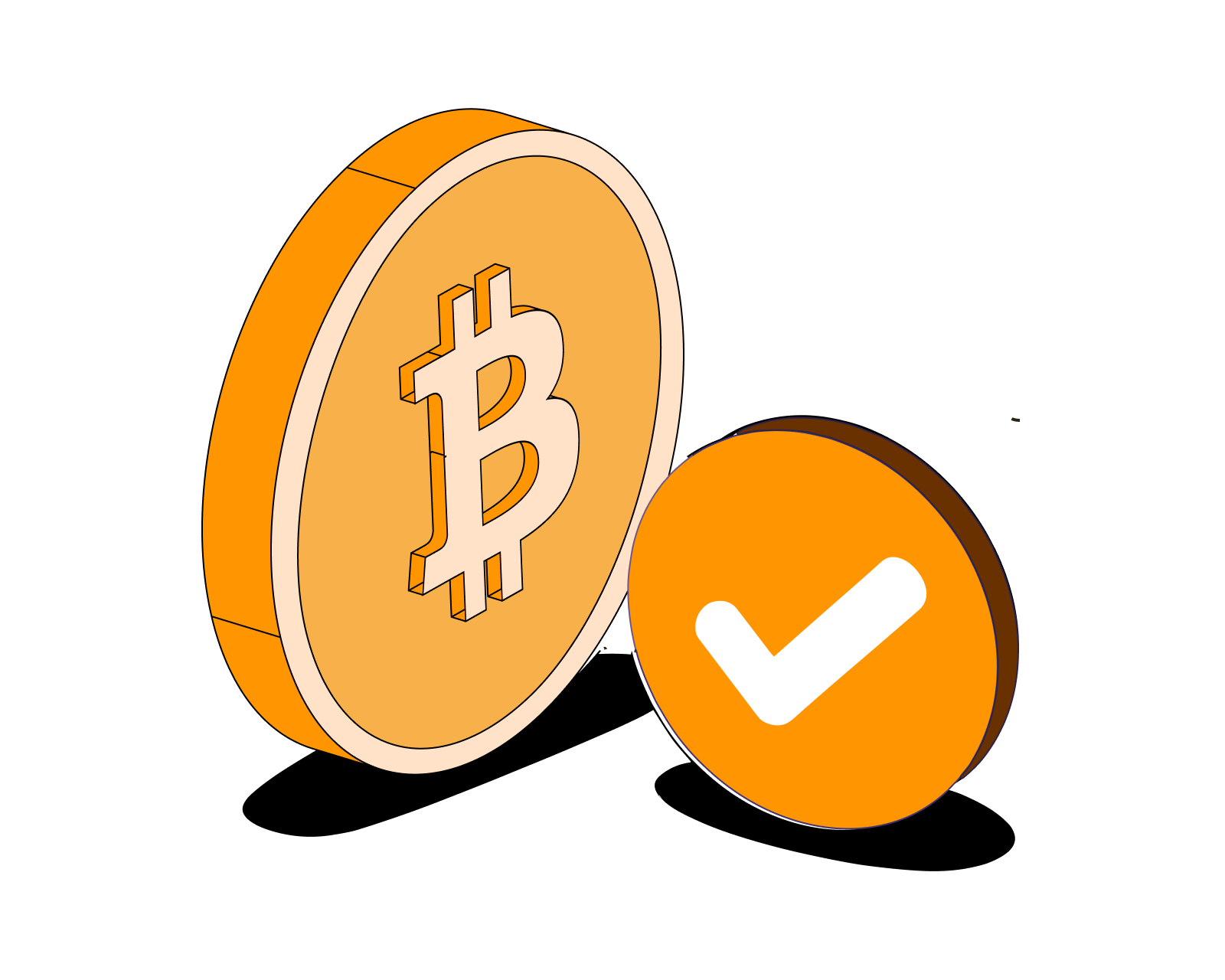
What are Bitcoin network fees?
Discover what bitcoin fees are, how fees are determined, and more.
Read this article →
What are Bitcoin network fees?
Discover what bitcoin fees are, how fees are determined, and more.
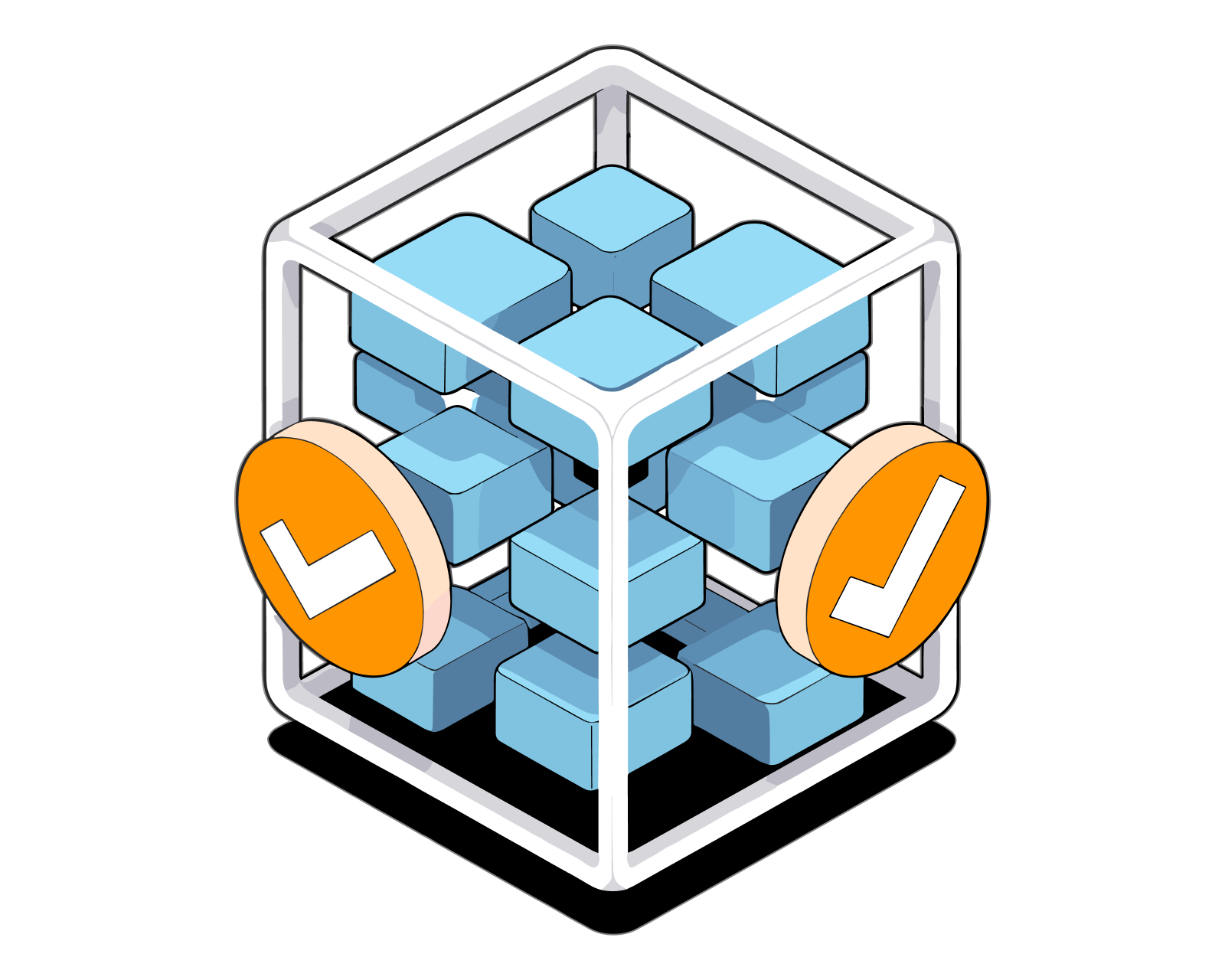
What is Bitcoin transaction accelerator?
Dive into the essentials of Bitcoin transaction accelerators, highlighting their role, potential risks, and how to use them.
Read this article →
What is Bitcoin transaction accelerator?
Dive into the essentials of Bitcoin transaction accelerators, highlighting their role, potential risks, and how to use them.
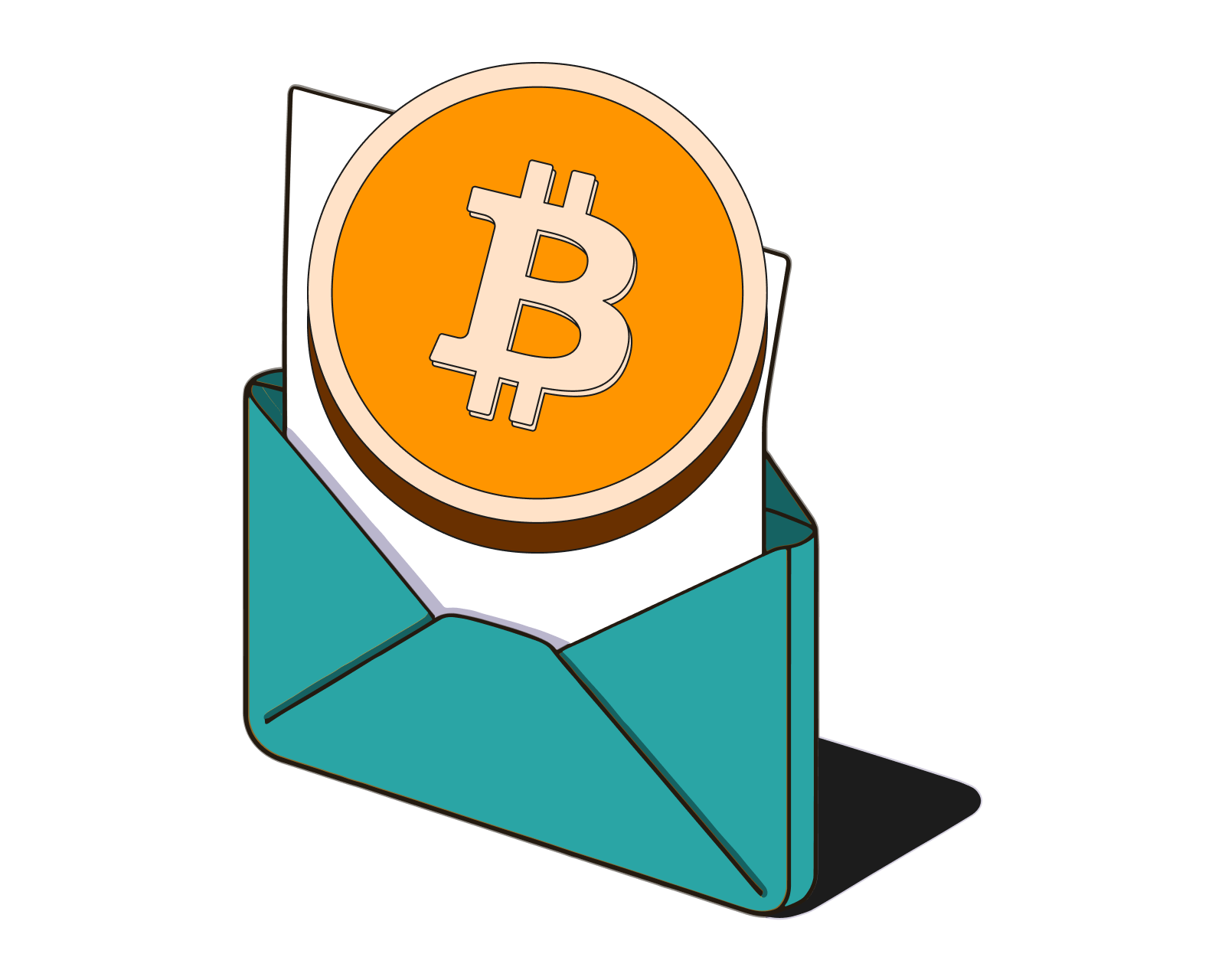
What is Bitcoin governance?
How does the network operate and decide on critical issues?
Read this article →
What is Bitcoin governance?
How does the network operate and decide on critical issues?

What is a consensus mechanism?
Learn about consensus mechanisms, their importance in blockchain technology, and the different types of consensus mechanisms used in cryptocurrencies.
Read this article →
What is a consensus mechanism?
Learn about consensus mechanisms, their importance in blockchain technology, and the different types of consensus mechanisms used in cryptocurrencies.
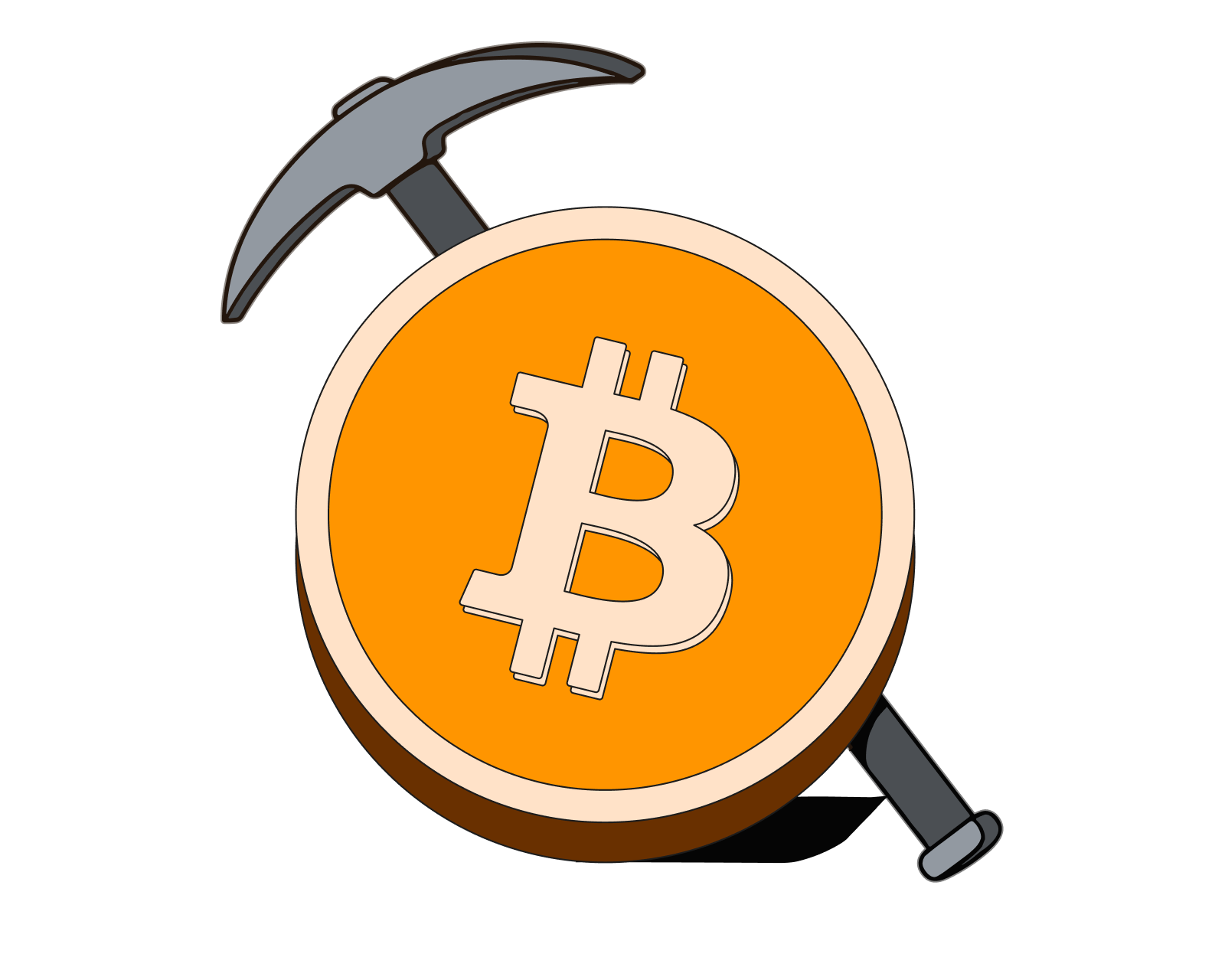
What is Proof of Work (PoW)?
Learn about Proof of Work (PoW), the consensus mechanism used by Bitcoin, and how it works.
Read this article →
What is Proof of Work (PoW)?
Learn about Proof of Work (PoW), the consensus mechanism used by Bitcoin, and how it works.

A quick intro to Bitcoin
Get a straightforward introduction to Bitcoin and why it matters.
Read this article →
A quick intro to Bitcoin
Get a straightforward introduction to Bitcoin and why it matters.
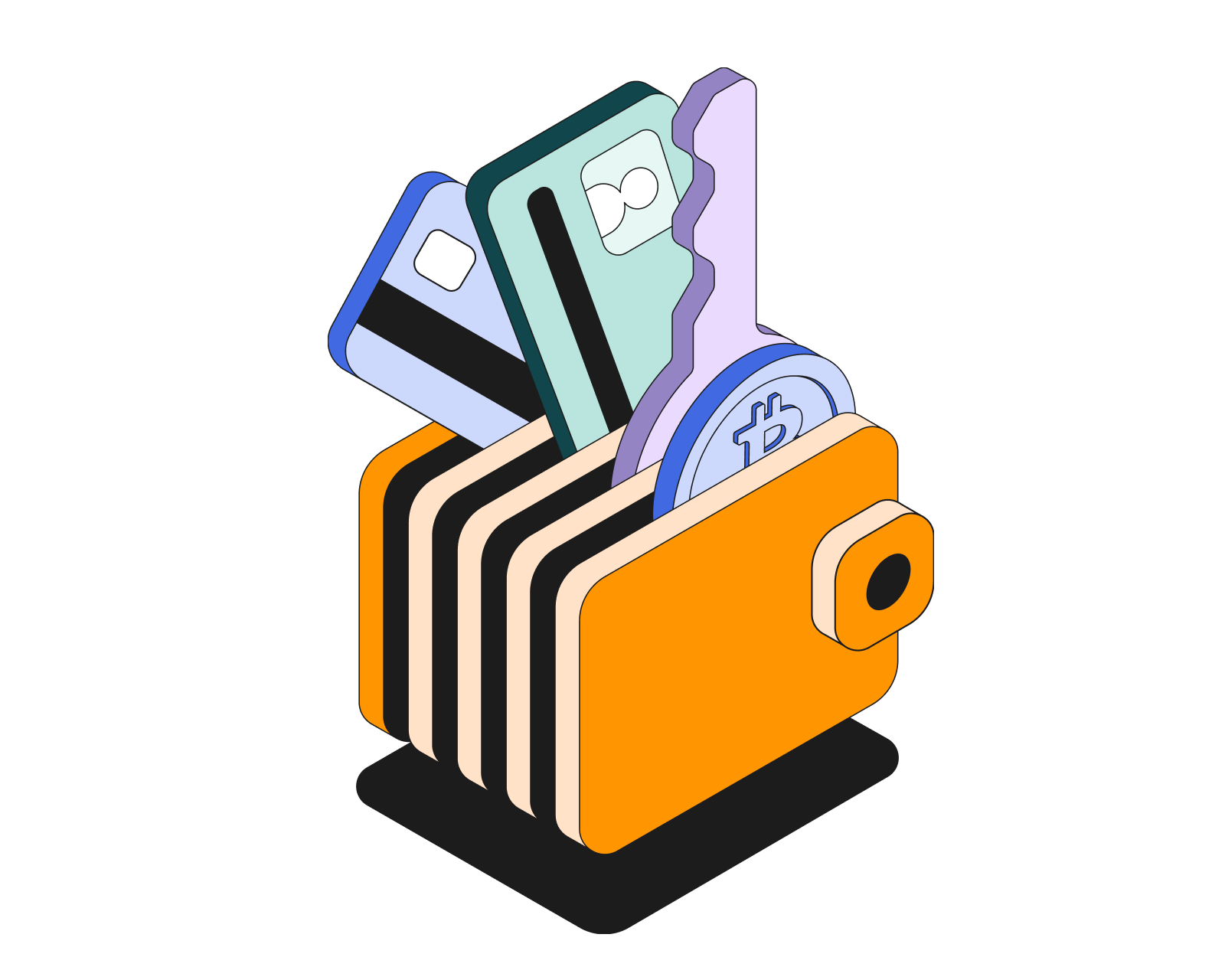
What is a Bitcoin wallet?
Learn about this essential tool for sending, receiving, and storing your bitcoin; how it works, and how to use it safely.
Read this article →
What is a Bitcoin wallet?
Learn about this essential tool for sending, receiving, and storing your bitcoin; how it works, and how to use it safely.
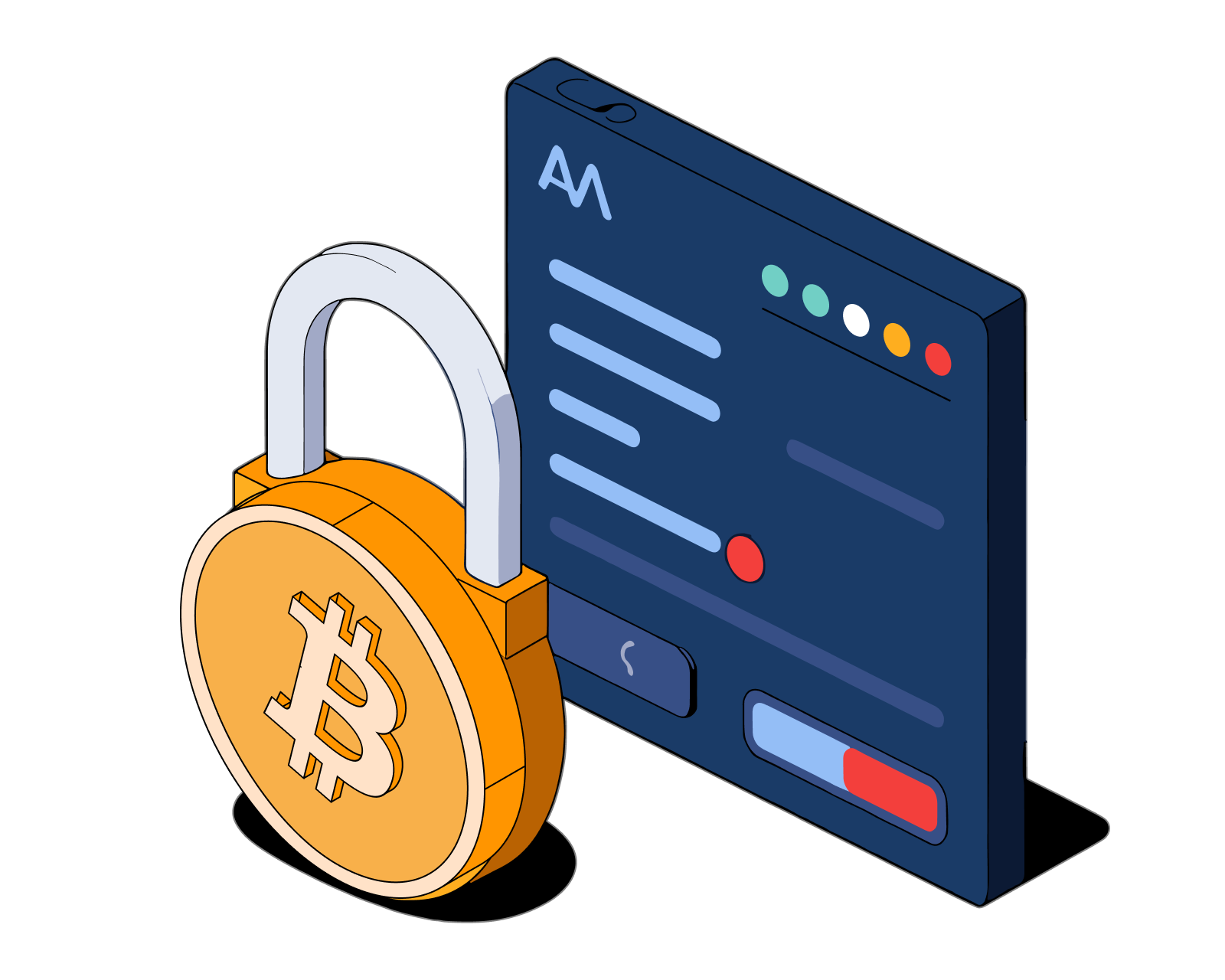
How do I create a Bitcoin wallet?
Learn how to quickly and easily create a Bitcoin wallet. Understand the different wallet types and their respective pros & cons.
Read this article →
How do I create a Bitcoin wallet?
Learn how to quickly and easily create a Bitcoin wallet. Understand the different wallet types and their respective pros & cons.
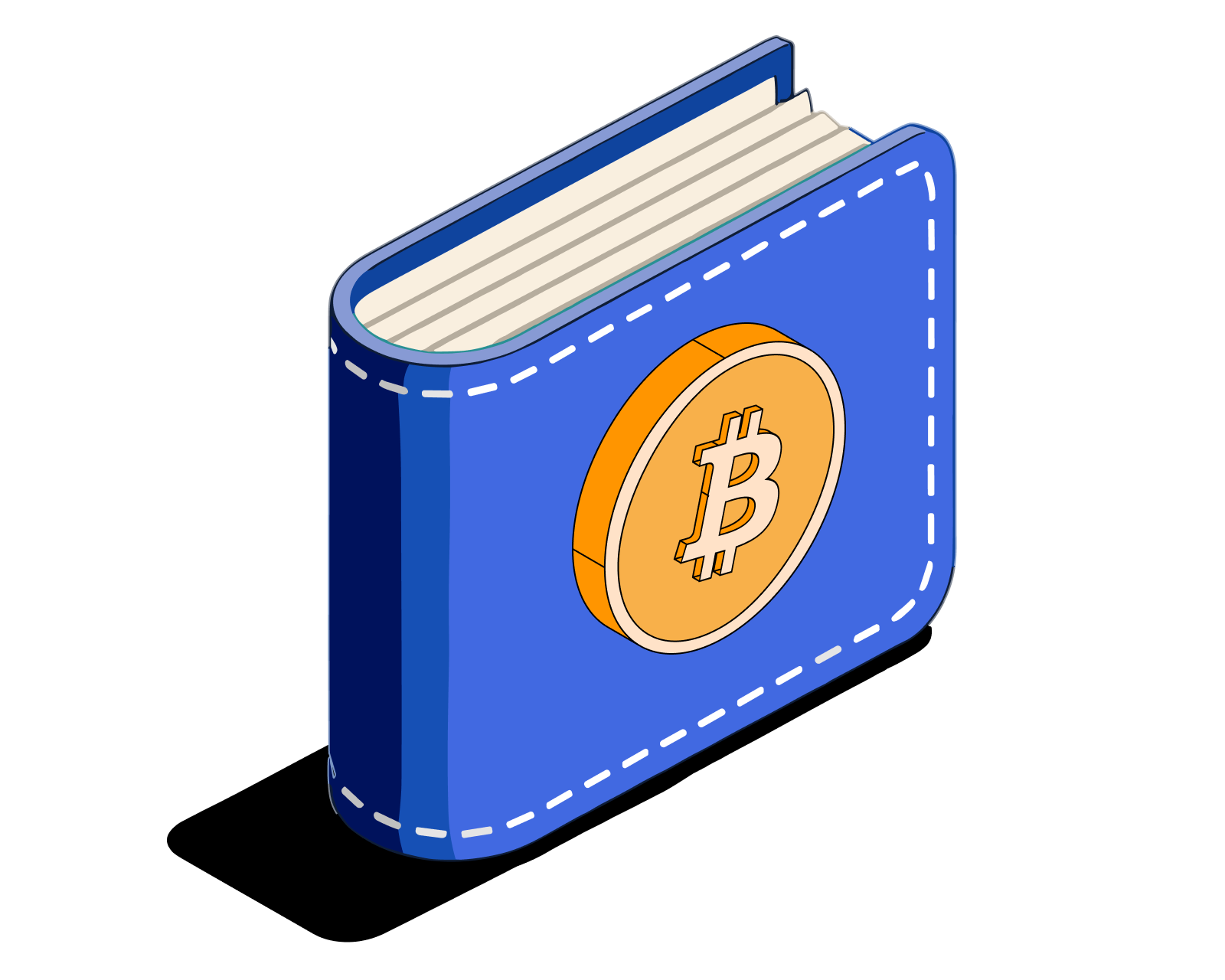
How to choose the best Bitcoin wallet
From security to fee customization options, these are the key factors to consider when choosing a Bitcoin wallet.
Read this article →
How to choose the best Bitcoin wallet
From security to fee customization options, these are the key factors to consider when choosing a Bitcoin wallet.
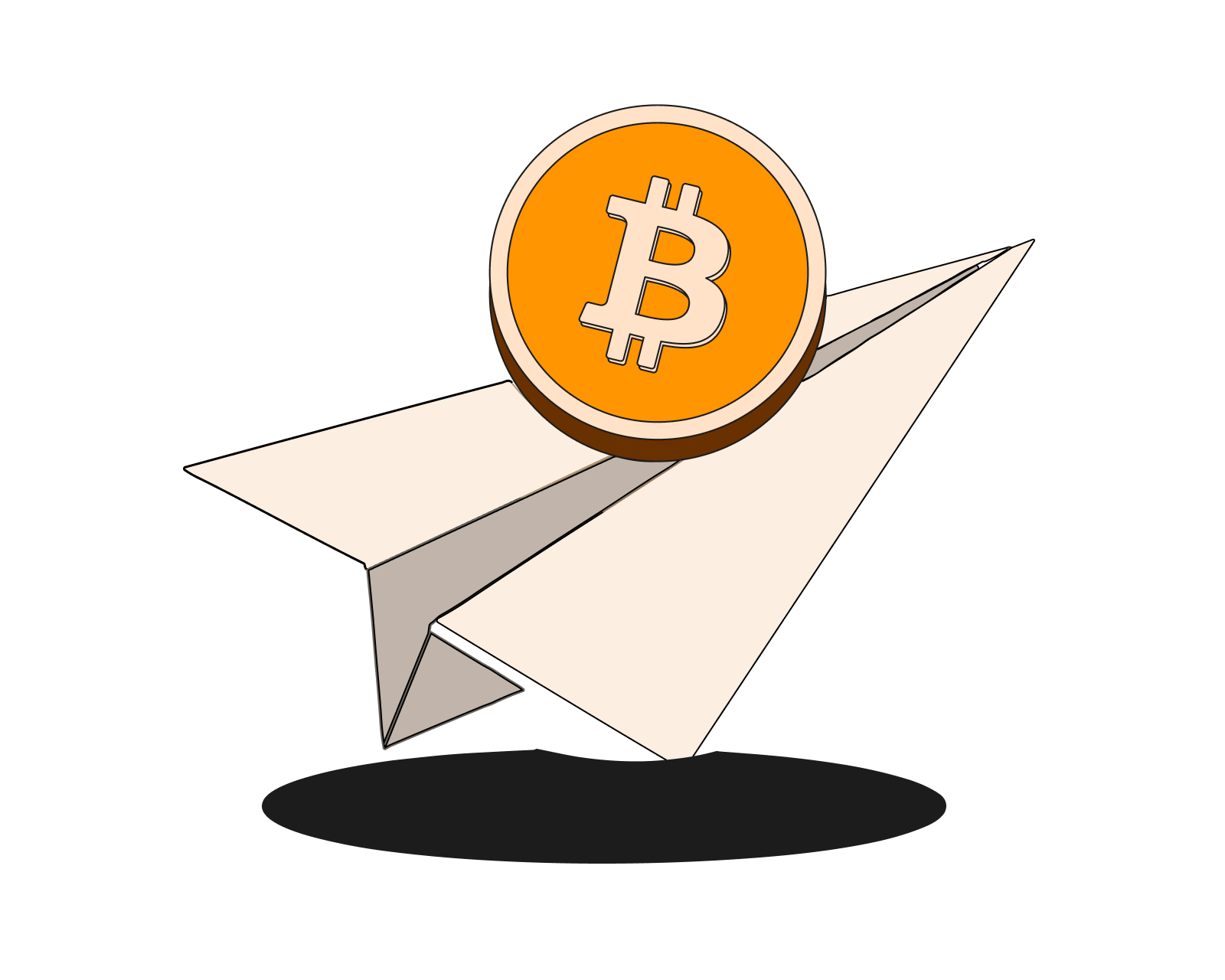
How do I send bitcoin?
Sending bitcoin is as easy as choosing the amount to send and deciding where it goes. Read the article for more details.
Read this article →
How do I send bitcoin?
Sending bitcoin is as easy as choosing the amount to send and deciding where it goes. Read the article for more details.

How do I receive bitcoin?
To receive bitcoin, simply provide the sender with your Bitcoin address, which you can find in your Bitcoin wallet. Read this article for more details.
Read this article →
How do I receive bitcoin?
To receive bitcoin, simply provide the sender with your Bitcoin address, which you can find in your Bitcoin wallet. Read this article for more details.
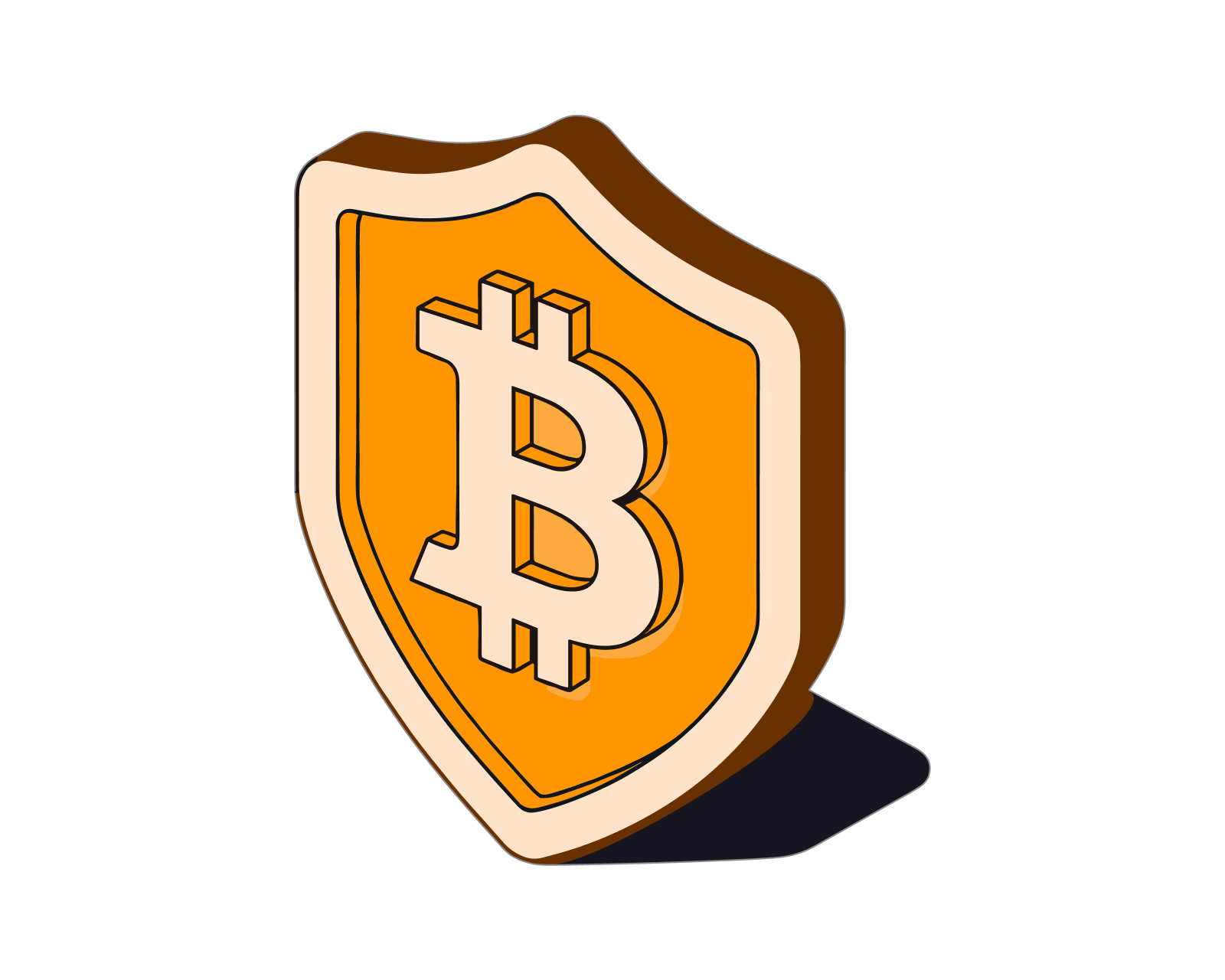
What's a 'self-custodial' wallet?
Understand how the self-custodial model puts you in charge of your cryptoassets and protects you from third-party risk.
Read this article →
What's a 'self-custodial' wallet?
Understand how the self-custodial model puts you in charge of your cryptoassets and protects you from third-party risk.
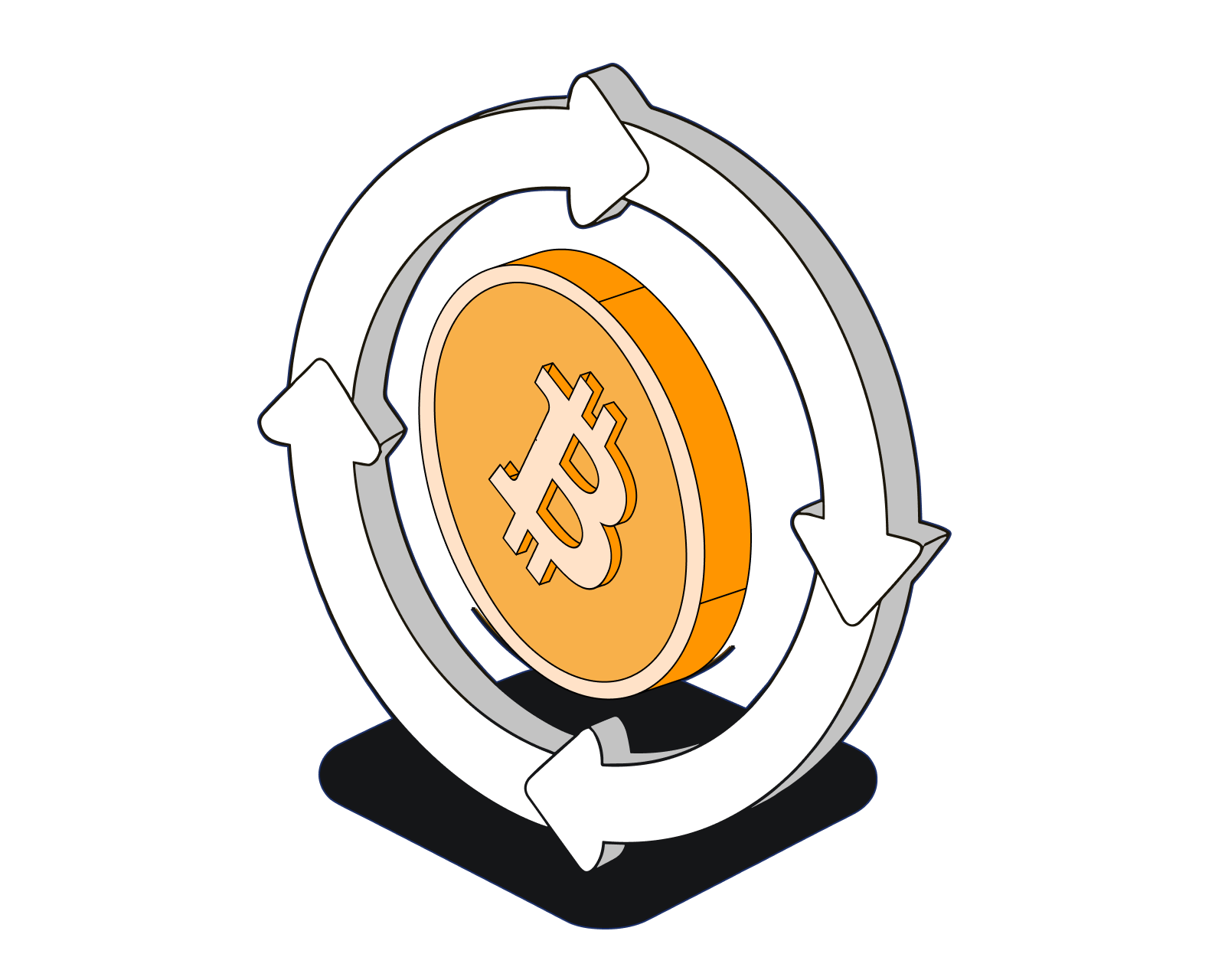
How does bitcoin exchange work?
How safe is it to store your crypto on centralized exchanges?
Read this article →
How does bitcoin exchange work?
How safe is it to store your crypto on centralized exchanges?

How to backup and restore a crypto wallet
Make sure to backup your crypto wallets. Find out why you should, and how.
Read this article →
How to backup and restore a crypto wallet
Make sure to backup your crypto wallets. Find out why you should, and how.
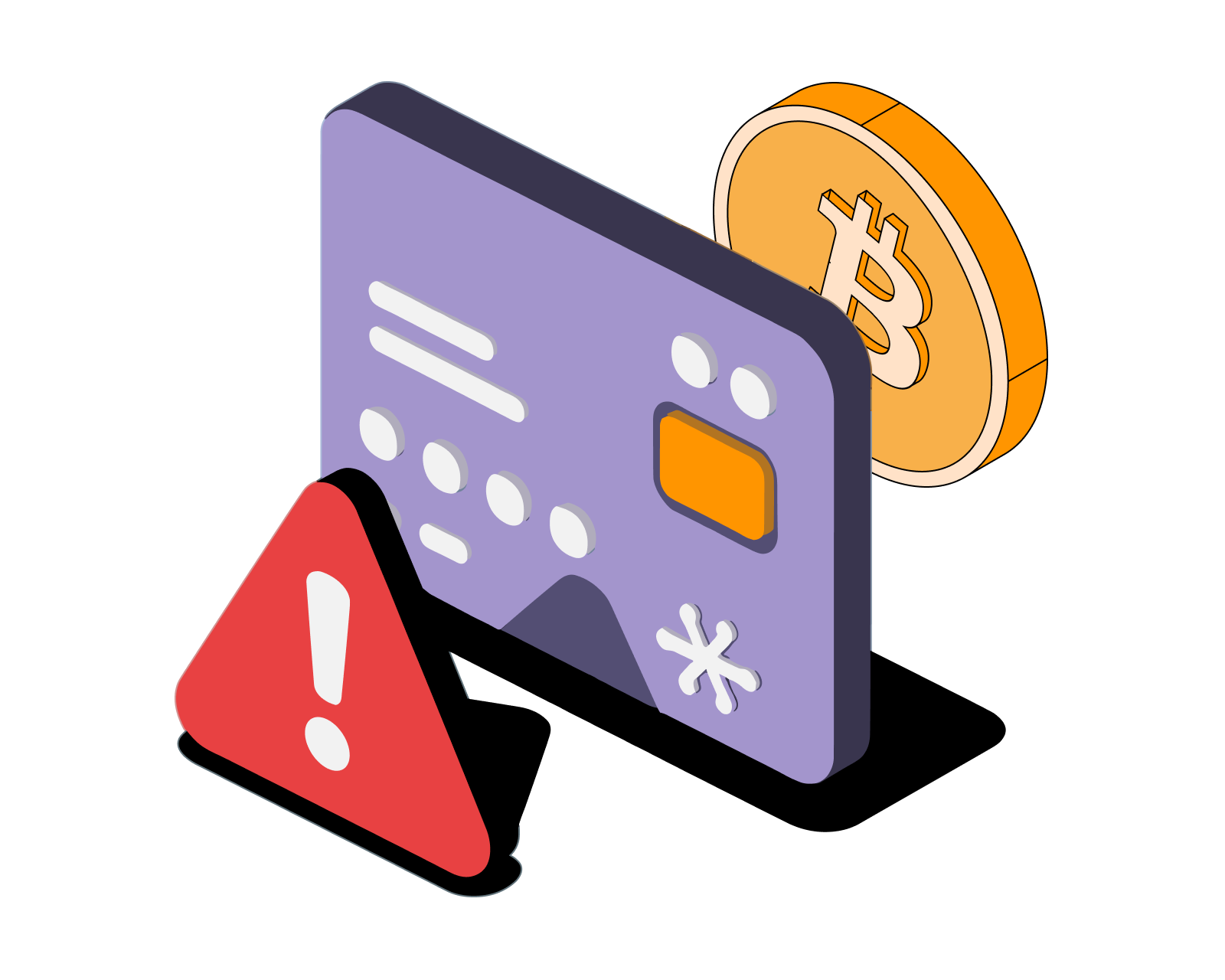
How to avoid Bitcoin and other crypto fraud
From phishing scams to fake Bitcoin exchanges, here's your guide to identifying and avoiding Bitcoin-related fraud.
Read this article →
How to avoid Bitcoin and other crypto fraud
From phishing scams to fake Bitcoin exchanges, here's your guide to identifying and avoiding Bitcoin-related fraud.
STAY AHEAD IN CRYPTO
Stay ahead in crypto with our weekly newsletter delivering the insights that matter most
Weekly crypto news, curated for you
Actionable insights and educational tips
Updates on products fueling economic freedom
No spam. Unsubscribe anytime.
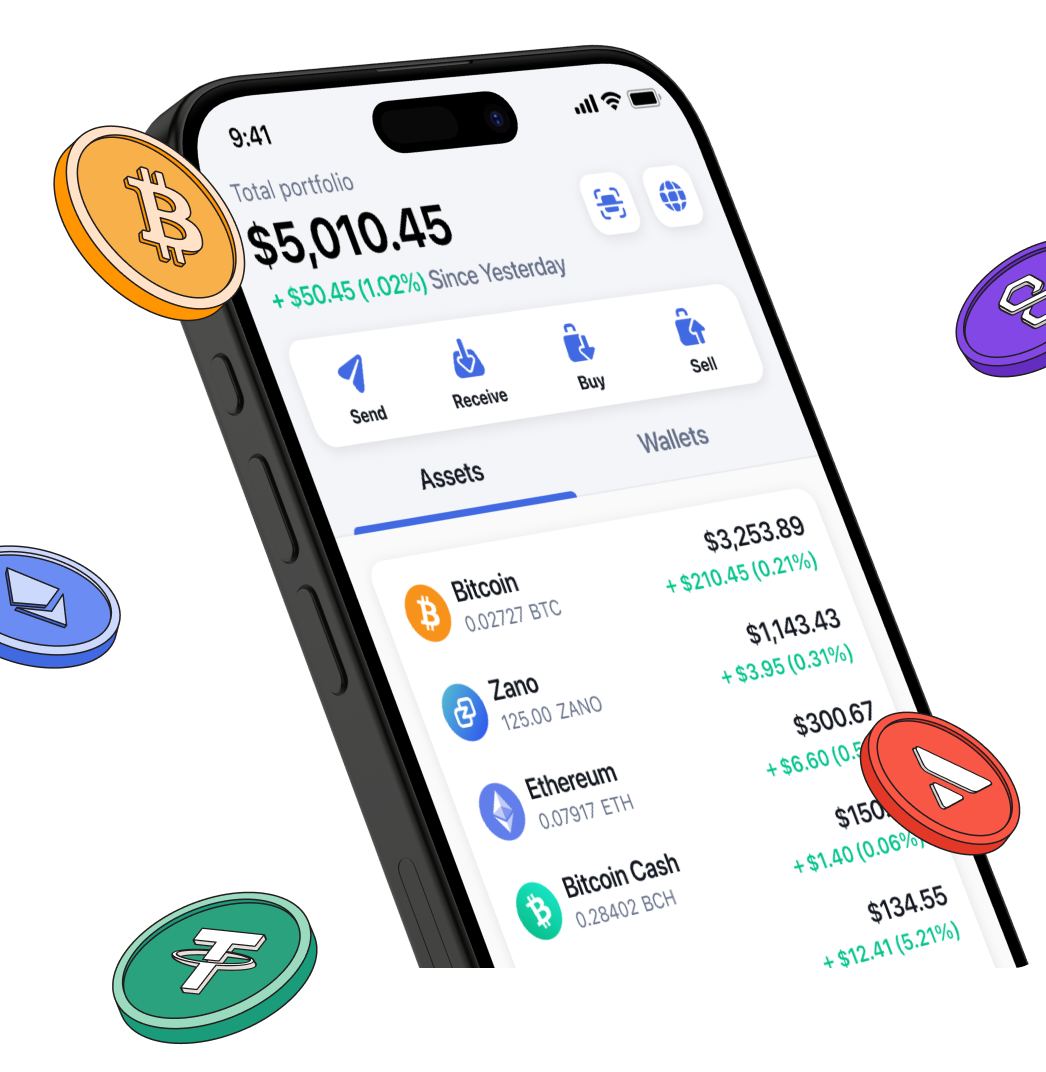
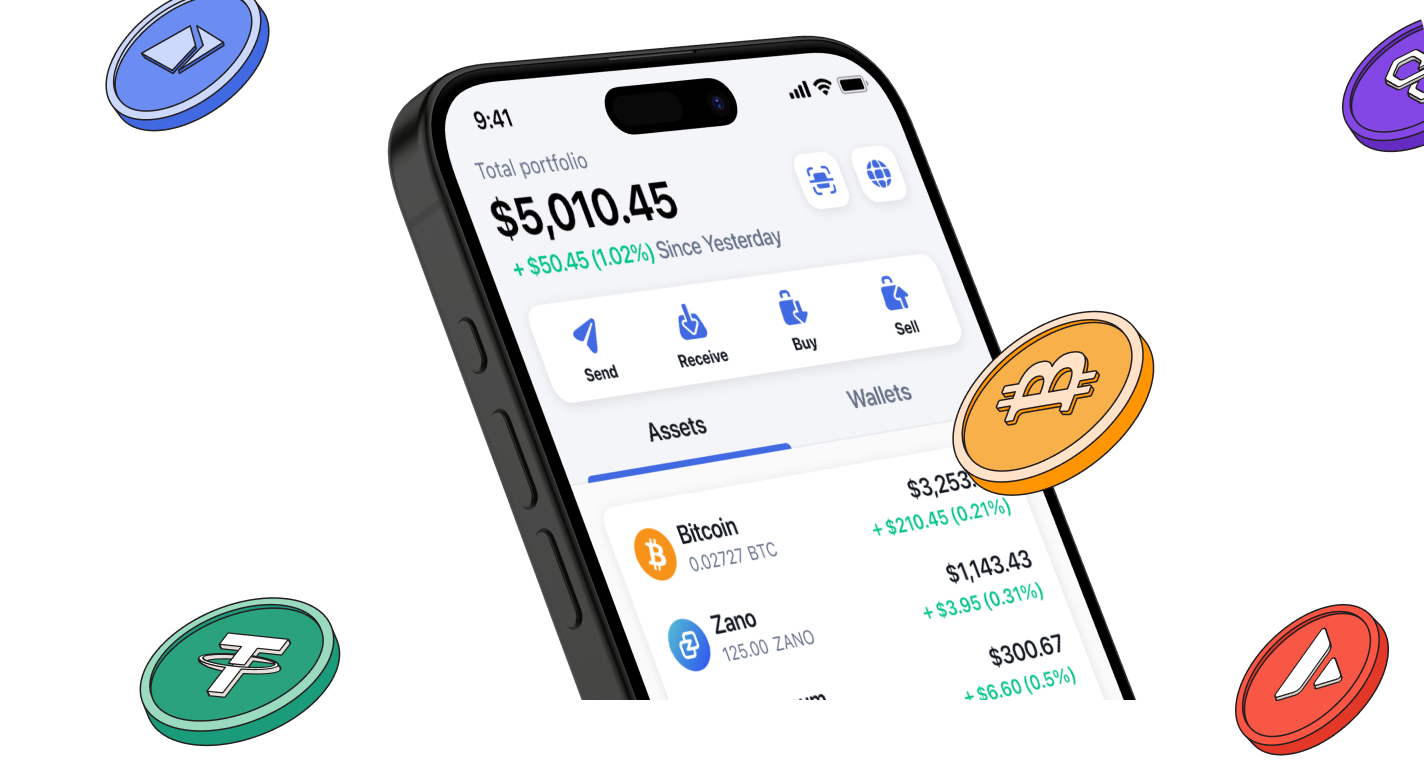
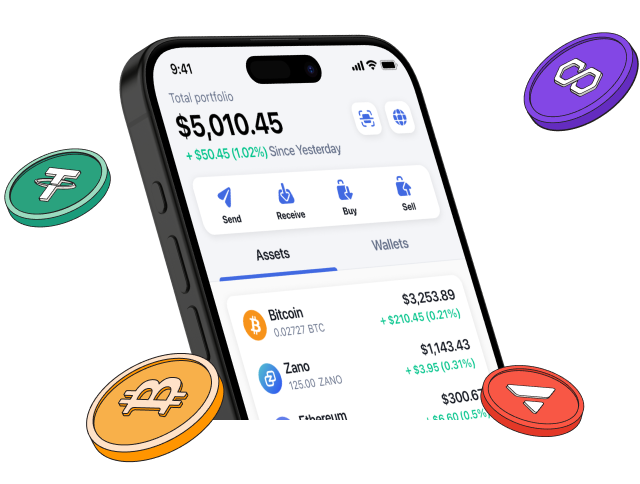
Start investing safely with the Bitcoin.com Wallet
Over wallets created so far
Everything you need to buy, sell, trade, and invest your Bitcoin and cryptocurrency securely

© 2025 Saint Bitts LLC Bitcoin.com. All rights reserved


